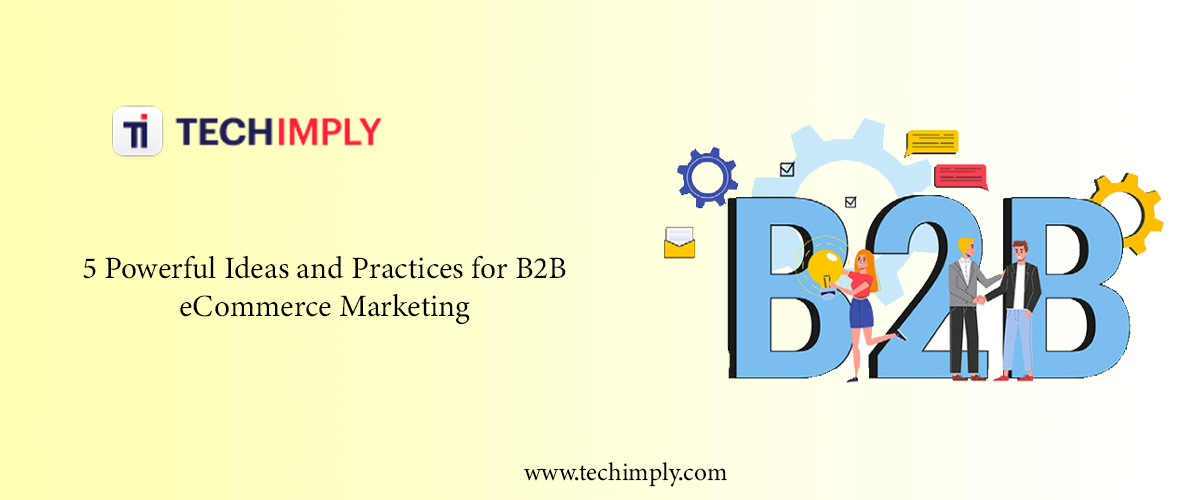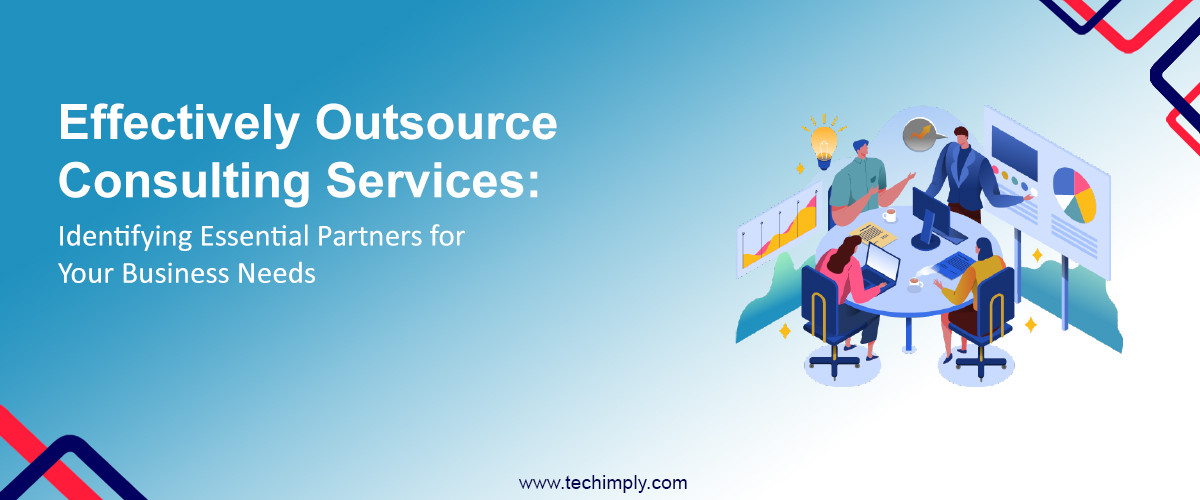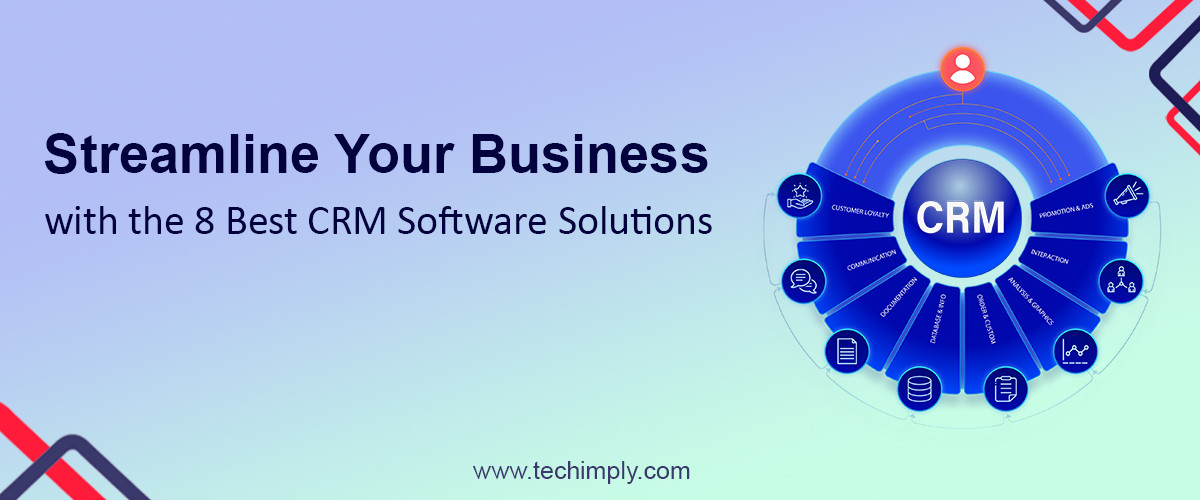The B2B eCommerce market has grown rapidly in the last couple of years and is expected to grow even more in the future. Such companies must offer seamless online sales and transaction solutions tailored to the needs of B2B buyers if they are to meet their expectations.
With the best practices for B2B eCommerce marketing discussed in this article, you can enhance the online purchasing experience and meet the expectations of B2B buyers.
What is B2B eCommerce?
B2B eCommerce involves the marketing and sale of products between two businesses over the internet. B2B sales involve business-to-business transactions rather than business to a single consumer sales.
When using the B2B eCommerce model, more stakeholders are involved; thus, sales are typically more significant, and costs are higher. While manufacturing firms have historically dominated as the top B2B eCommerce brands, your B2B business can still profit from the business model. Segmentation and matching the correct product to the right persona are key components of B2B eCommerce.
B2B VS B2C
B2B is an abbreviation for 'business to business.' B2B uses online platforms like eCommerce sites to sell services or goods to other businesses. On the other hand, B2C stands for 'business to consumer.' B2B and B2C are similar, but B2C targets individual consumers only; thus, their strategies can vary significantly.
When we compare these two business models, B2B eCommerce is more complex than B2C eCommerce. The reason behind this difference is that B2C requires more research, fewer marketing-driven purchases, and more need-based purchases.
For instance, selling office software to other companies is a B2B model, whereas selling or dropshipping a T-shirt to an individual is a B2C model.
Top 5 Powerful Practices for B2B eCommerce Marketing
Now that we have explained the basics of B2B eCommerce and its main differences compared to B2C, let's discover the most powerful practices you can employ in your business strategies.
Build Outstanding On-Site Search Experiences
- The customer’s first impression of your website largely influences their purchasing decision. Search is crucial for B2B sites because visitors are less likely to browse as they do on B2C sites.
- Customers want to be able to find the perfect product quickly and easily. Thus, the site search should be user-friendly and deliver accurate and detailed results. This standard applies to your landing pages, product pages, contact, and search pages.
- Aside from ease of use, the site's responsiveness is also a major part of the on-site experience. Your site's load time must be between 0-2 seconds; if it is not, there’s a big chance your potential consumers will give up on their purchase. Utilizing a content delivery network (CDN) enables caching and optimizes images and videos, which will help decrease a website's loading time.
Implement Simple Self-Service
- Most customers want to be able to address basic difficulties on their own, even though they want customer care to be available for any genuine concerns that may occur. Empower customers to take control of their purchasing experience through self-service tools like AI.
- Why? Because of self-service tools like AI chatbots, online scheduling, FAQ sections, and real-time order tracking capabilities. Both sides benefit from this, as the business saves time and money on customer service while the customers get control, smoothness, and confidence.
Offer Various Payment Options
- In the B2C business, individual customers usually have many payment options. Implement that variety on your B2B site. Due to the growth of B2C e-commerce, consumers are accustomed to using digital payment methods and expect the same payment flexibility in the B2B market.
- Multiple payment methods can facilitate checkout, boost conversions, reduce cart abandonment, appeal to a broader audience, and increase popularity. Consider including other payment choices like credit cards, ACH transfers, and wire transfers in addition to the conventional purchase order approach.
Implement Influencer Marketing
- Influencer marketing is highly usable in business-to-consumer companies, but that doesn’t mean it is suitable solely for them. Being endorsed by a prominent member of your business can be a very effective strategy because so many people genuinely believe in personal recommendations.
- Find your chosen individual with high authority in your industry and offer them a collaboration. Once you find your B2B influencer, you will see the number rising thanks to their promotion of your business, brand, services, and goods.
Enable Omnichannel
If you want to reduce customer friction and frustration, our recommendation is one of the best B2B eCommerce practices—omnichannel enablement. B2B omnichannel experience can help you raise revenue for your company and improve customer retention.
If you don't offer your B2B customer a performance guarantee, they may seek a new supplier. So, to meet customers where they are with digital ordering, ensure they can sync products, carts, and customer information between all their devices.
In Conclusion
You can significantly improve your company by employing the powerful ideas and practices for your B2B eCommerce marketing discussed in this article. Online sales are distinct from those made in physical stores; thus, to increase user experiences, you must boost your online presence.
Creating outstanding on-site search experiences with self-service, omnichannel, and various payment options are some of the best marketing practices for B2B eCommerce.






